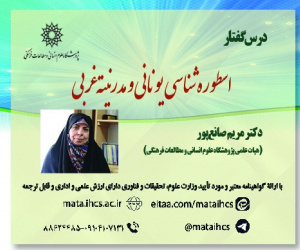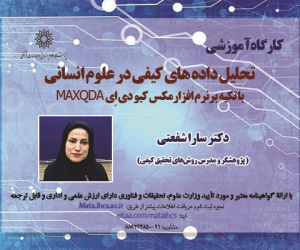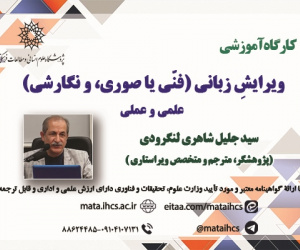شناسایی اصلی ترین پیشران های تأثیرگذار بر آینده مداخله ایالات متحده در ایران
آرشیو
چکیده
ایالات متحده از زمان وقوع انقلاب اسلامی تاکنون، با ابزارهای مختلفی از جمله تحریم های همه جانبه، فشارهای دیپلماتیک، حمایت از گروه های مخالف، عملیات روانی گسترده و حتی تهدیدهای نظامی مستقیم و غیرمستقیم، سعی در تأثیرگذاری بر روندهای داخلی ایران داشته است. از تحریم های اولیه پس از تسخیر سفارت آمریکا در تهران تا فشارهای حداکثری دوره ترامپ، مداخلات آمریکا در اشکال گوناگونی ظهور یافته است. در این میان، تحولات فناوری و تغییر در ماهیت جنگ ها، روش های مداخله را نیز دگرگون کرده است؛ این پژوهش با استفاده از تکنیک های تحلیل ماتریس های متناظر و پرسشنامه های تخصصی، به دنبال شناسایی پیشران های کلیدی تأثیرگذار بر آینده مداخله آمریکا در ایران است. داده های جمع آوری شده با نرم افزار میک مک تحلیل شده و نتایج تحقیق نشان می دهد که جنگ ترکیبی به عنوان اصلی ترین روش مداخله آمریکا در ایران عمل می کند. مؤلفه هایی مانند حملات سایبری، جنگ اقتصادی، جنگ رسانه ای و عملیات روانی در قالب این پارادایم جای می گیرند و روابط علی و معلولی پیچیده ای با سایر متغیرهای سیاسی و امنیتی ایجاد می کنند. یافته های این پژوهش می تواند به سیاست گذاران ایرانی کمک کند تا با درک بهتر این پویایی ها، راهبردهای مناسبی برای کاهش آسیب پذیری ها و افزایش تاب آوری ملی در برابر مداخلات خارجی طراحی کنند.Analysis of the main variables influencing the future of US intervention in Iran
Since the Islamic Revolution, the United States has attempted to influence Iran’s internal processes through various means, including comprehensive sanctions, diplomatic pressure, support for opposition groups, extensive psychological operations, and even direct and indirect military threats. From the initial sanctions after the seizure of the US embassy in Tehran to the maximum pressure of the Trump era, US interventions have emerged in various forms. Meanwhile, technological developments and changes in the nature of wars have also transformed intervention methods; this study, using correspondence matrix analysis techniques and specialized questionnaires, seeks to identify key variables affecting the future of US intervention in Iran. The data collected were analyzed with the MiqMaq software, and the results show that hybrid warfare serves as the main method of US intervention in Iran. Components such as cyberattacks, economic warfare, media warfare, and psychological operations fit into this paradigm and create complex causal relationships with other political and security variables. The findings of this study can help Iranian policymakers better understand these dynamics and design appropriate strategies to reduce vulnerabilities and increase national resilience to external interventions.








